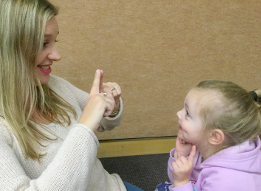Favourite Parent-Child Mother Goose rhymes
Download the rhyme filesAlphabetical listing (clickable)
A smooth road
Acker Backer watercracker Bananas unite Charlie Chaplin went to France Coffee, coffee Criss cross fairyfloss Dot dot, dash dash Five little pumpkins From Wibbleton to Wobbleton From your head to your toe Granny and Mumma and a horse named May Here are baby's fingers Here is a little boy Here is a nest for a bluebird Here is the earth I have a little bicycle I like to ride a camel Jelly on a plate Jeremiah blow the fire Johnny, Johnny Leg over leg Monkey, monkey in a tree Mother and Father and Uncle John On my foot there is a flea Pat it, kiss it Pony ride Roll your hands around Round and round the garden Shoe the wild horse Slowly, slowly, very slowly Slowly, slowly, very slowly (version 2) Some snakes Spot, spot, spot, spot The grandfather clock The moon is round There's a monster in the garden This is big, big, big This is the key to the kingdom This is the way the ladies ride This little piggy Three cheeky monkeys Three little apples Turtle went up the hill Two little eyes to look around Up, up in the air like this Way up high in the apple tree What's the matter with Dickory Dean? Who's in the circle today? Wriggle wriggle wriggle |
Opening rhymes
Bounce rhymes
Foot rhymes
Back or tummy or massage rhymes
Nappy change rhymes
Hand rhymes
Counting rhymes
Other rhymes
|
